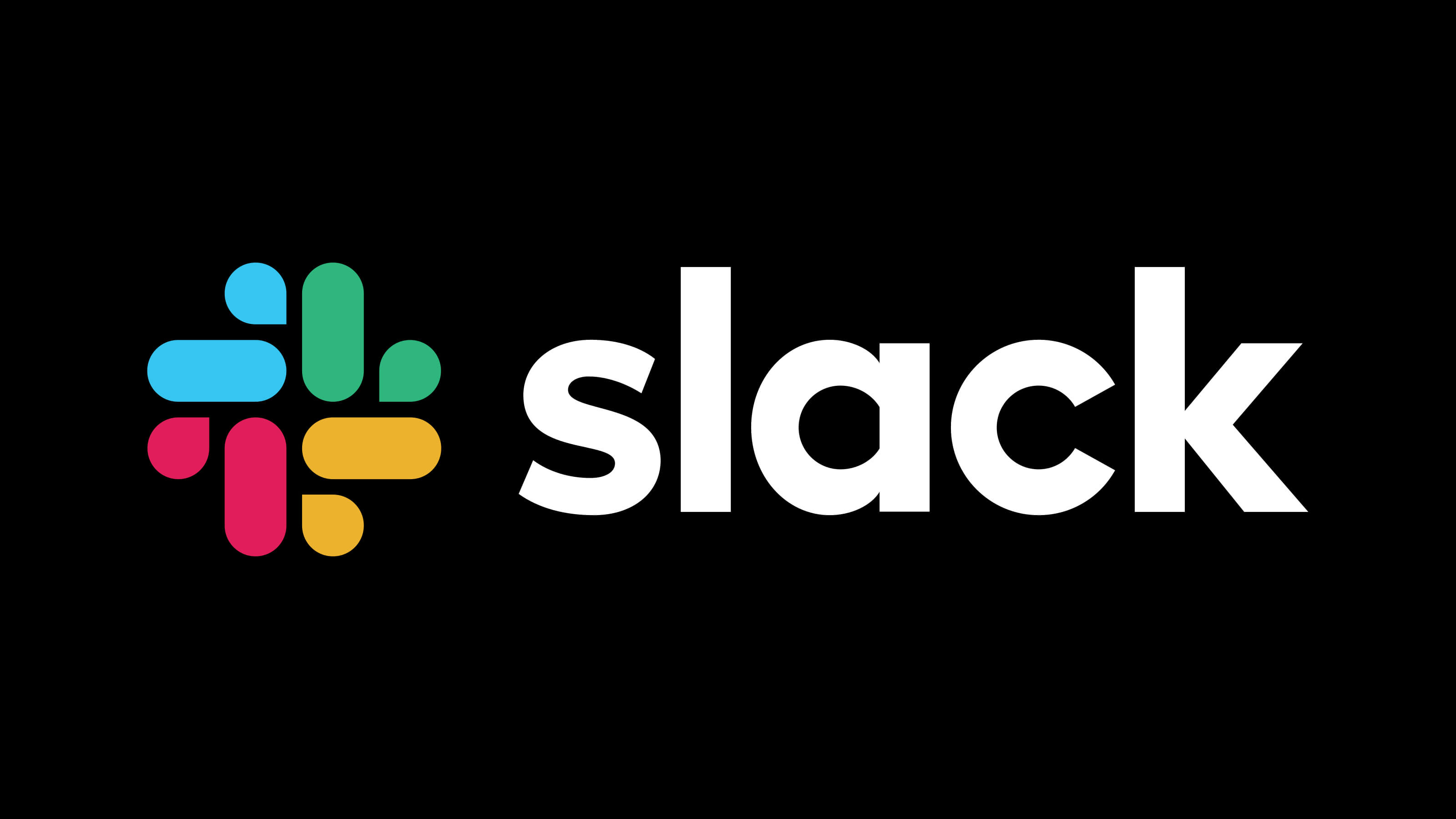Cracking the code: The science of a successful job application

In the competitive realm of job hunting, there exists an intricate science behind the job application process. As you embark on your journey to secure your ideal position, understanding this science can significantly enhance your chances of success. Let's dissect some of the nuances in the process, step by step. Resume Optimization: Crafting a Compelling Resume Your resume serves as your initial introduction to potential employers, making it a crucial component of the job application process. Crafting a compelling resume is an art that blends key elements of your professional journey into a persuasive narrative. It goes beyond merely listing qualifications; it's about presenting them in a way that resonates with hiring managers. One critical aspect of resume optimization is the strategic use of keywords. Many companies utilize Applicant Tracking Systems (ATS) to manage the high volume of applications they receive. ATS scans resumes for specific keywords and phrases relevant to the job. Therefore, understanding how to incorporate these keywords effectively can significantly increase your chances of passing the initial screening. For a more in-depth look at ATS, you can check out our detailed article on the subject [hyperlink to ATS article]. Another realm of resume science lies in the psychology of design and formatting. To put things in perspective, take a 6-8 second look at your resume to see what sticks out because that may be all the time you get from a recruiter1. The layout, structure, and visual appeal of your resume can influence how recruiters perceive your qualifications. A clean and organized format, with clear headings and bullet points, enhances readability and conveys professionalism. Networking and Referrals: The Science Behind the Power of Connections Networking is often hailed as one of the most potent tools in the job search process. Behind this assertion lies a science that explains why networking can be a game-changer. Networking is not just about mingling with professionals; it's about building and nurturing relationships that can lead to job referrals and opportunities. The science behind networking is rooted in the concept of social capital. This refers to the value that exists in your professional relationships and connections. There are many job openings that are not publicly advertised, and a significant number are filled through referrals. It took me a while to understand this, but while I was tirelessly applying to internships through the standard portals, my friends were leveraging their connections and securing interviews left and right. To keep it simple, you should be aware that there are too many people using their connections. If you don't even try to network, you are automatically at a disadvantage. When you do this effectively, you tap into a hidden job market. Capitalizing on your professional connections for job referrals is a strategic move. When someone within a company recommends you for a position, it carries weight and, in a lot of cases, can secure an initial interview. Hiring managers are more likely to consider candidates who are recommended by trusted employees, as it reduces the perceived risk of a bad hire. Building and maintaining a strong professional network is an ongoing process. It involves nurturing relationships, attending industry events, and staying active on professional networking platforms like LinkedIn. The science of networking lies in understanding the dynamics of trust-building and the value of maintaining a diverse network. The Psychology of Hiring: Deciphering the Decision-Making Process Have you ever wondered what goes on in the minds of hiring managers when they evaluate job applications? The psychology of hiring delves into the intricate factors that influence their decisions. First and foremost, hiring managers consider the technical qualifications and skills outlined in your resume. But it goes beyond the hard skills; they also assess your soft skills, which are crucial for cultural fit and teamwork. When it comes to interviews, I'm not encouraging you to simply be a "personality hire," but there really is such a thing. It's important to be personable and likable in a way because these are traits that will help you out when it comes to comparing two candidates with the same qualifications. Companies seek hires who not only meet the job's technical requirements but also align with the company's values and work culture. Making a positive impression on hiring managers involves understanding their perspective. Hiring managers are often overwhelmed with numerous applications, so standing out becomes imperative. Tailoring your resume and cover letter to the specific job and company can make a significant difference. It shows that you've done your research and that you've taken a further initiative beyond submitting a general resume like everyone else. Additionally, understanding the principles of behavioral psychology can help you excel in interviews. Behavioral interview questions, which ask candidates to provide specific examples from their past experiences, are common. Many companies suggest using the STAR method (Situation, Task, Action, Result) to structure your responses, through which you can showcase your skills effectively. The Role of Personal Branding and Its Synergy with Networking Creating a personal brand that distinguishes you from other job seekers is a crucial aspect of the job application process. Your personal brand is the image you convey to employers and colleagues, reflecting your unique qualities, values, and skills. Effective personal branding involves communicating your unique value proposition. What sets you apart from other candidates? How can your skills and experiences benefit potential employers? It's important that these questions are answered through the experiences on paper so you can get a chance to expand on them when it comes time for interviews. Crafting a compelling narrative that answers these questions is at the core of personal branding. Your personal brand extends beyond your resume; it encompasses your online presence as well. Building a compelling online presence through platforms like LinkedIn, personal websites, and social media can enhance your visibility to employers and increase your success with the ATS. In Conclusion: The Art and Science of Job Application The job application process is a dynamic blend of art and science. It involves crafting persuasive resumes, understanding the science of ATS and keywords, designing readable and effective documents, and leveraging the power of networking and referrals.
Frequently Asked Questions

Yajat Dewan
Yajat Dewan is the Outreach Lead at OfferPilot, specializing in customer discovery and engagement. He is passionate about helping students navigate their career paths and excels in crafting content that guides job seekers through their career development journey.
You should also check out


